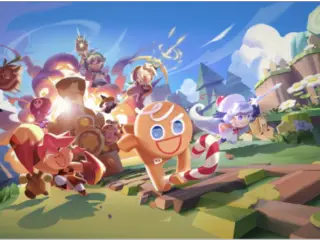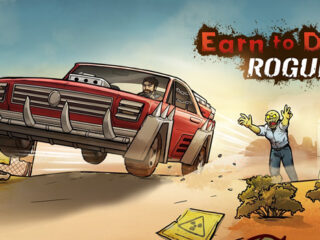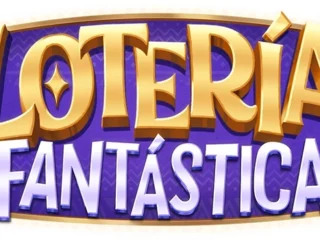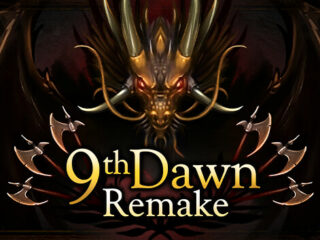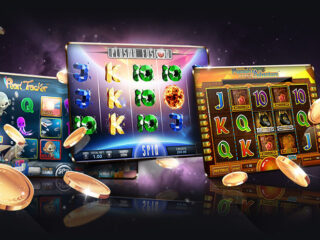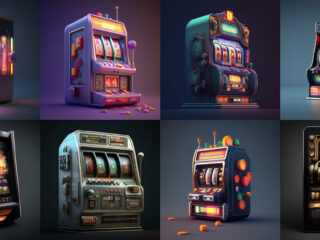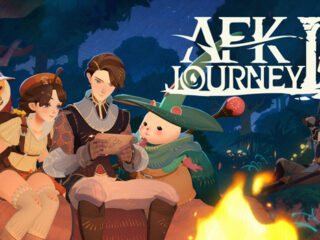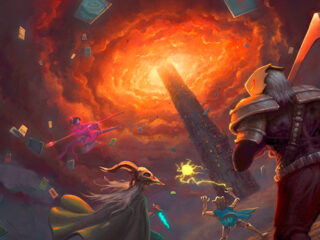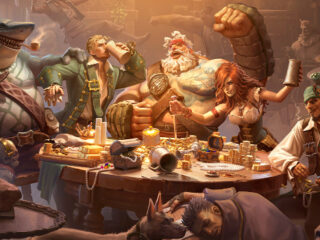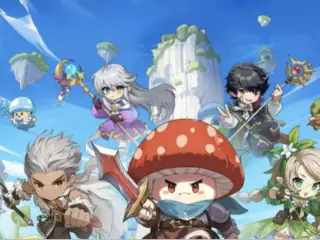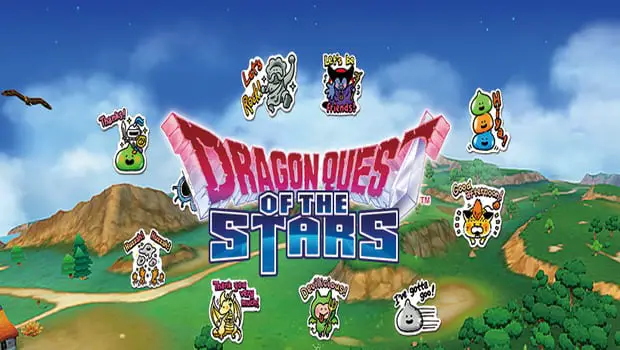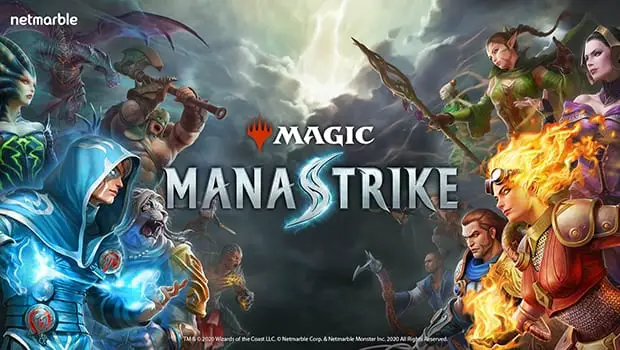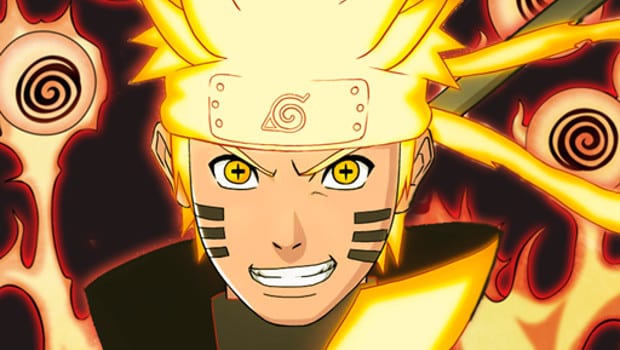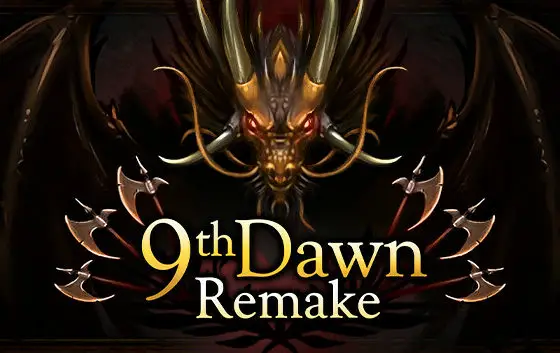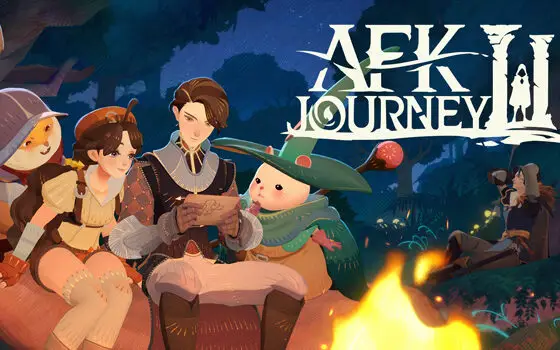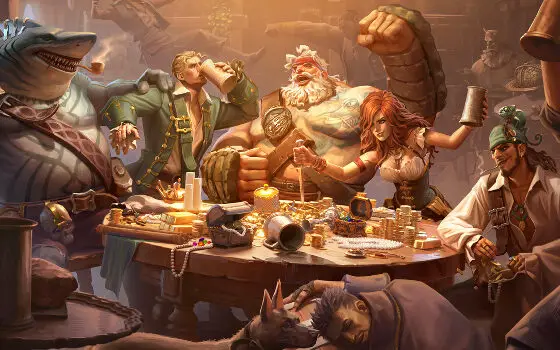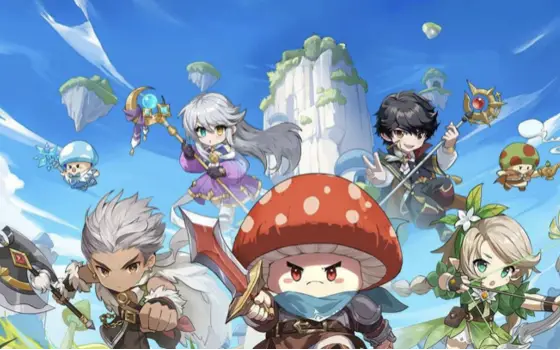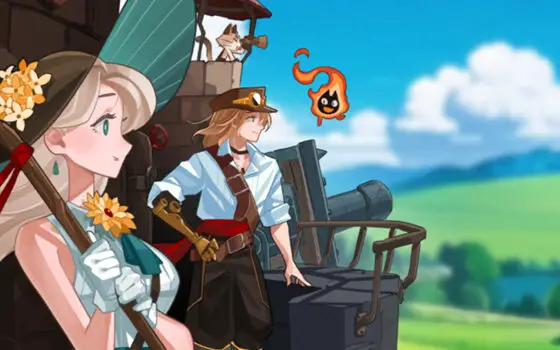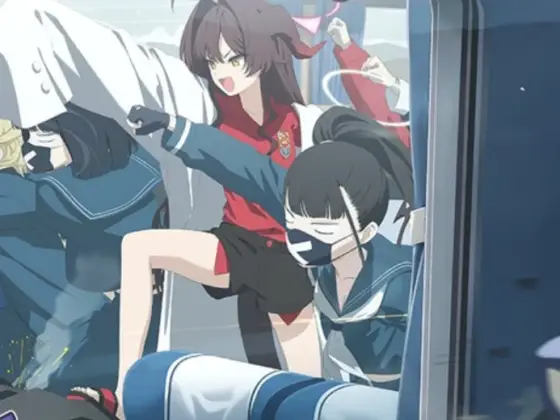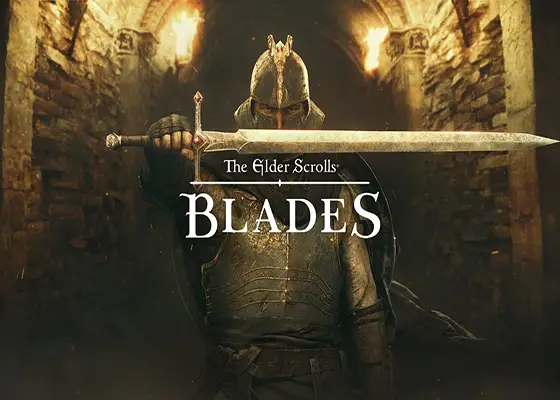The Seminal RPG Series in a New Package
The Dragon Quest series needs hardly any introduction. Arguably the most influential turn-based RPG series of all time, it thrives on its iconic art style, familiar music and classic, and unchanged combat style.
This straightforward approach translates well to Dragon Quest of the Stars. As a gacha game with a lot of autoplay, it’s an even simpler experience than a mainline game in the series. Still, this game represents Square Enix deviating from their typical format—and practically adopting the most standard game model in the mobile industry. Die-hard fans will still love it for its authenticity to the series’ legacy, and maybe some turn-based RPG lovers will find themselves engaged with the upgrading systems. It’s polished, at least, and offers exactly what it advertises: a Dragon Quest gacha game—in other words, an RPG-lite built heavily around its gambling-like freemium transactions and less built around the classic turn-based mechanics that defined the game’s namesake.
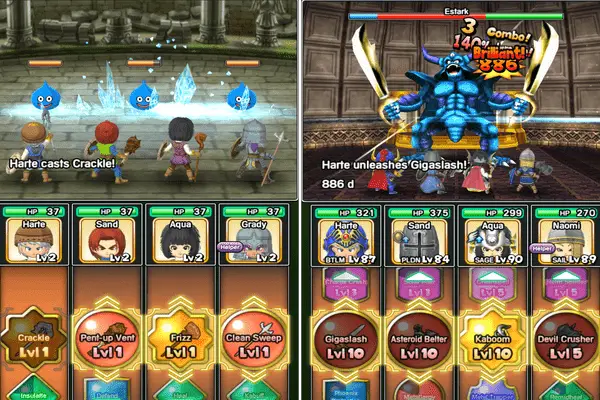
Familiar in Many Ways… and Slimes!
All the fan-favorite enemies (slimes, skeletons and hatwitches to name a few) return in Dragon Quest of the Stars. The visuals are gorgeous, and the music—while extremely repetitive—is authentic to previous entries in the series. But it’s a gacha game, which is always a tremendous letdown. In some ways, this title limits many of the downsides these systems create. You roll for items and gear. Gear is mot important, especially since weapons come stocked with combat skills, but it is not the entirety of character customization.
In your party are three characters who can take on various vocations including warriors, clerics and mages. I’m a sucker for a good skill tree, especially when given three characters I can try and synergize together. Sadly, many of the skills are passive and there is zero room for customization in each vocation’s tree. Still, it’s a fun system to make you feel like you’re making progress with your characters.
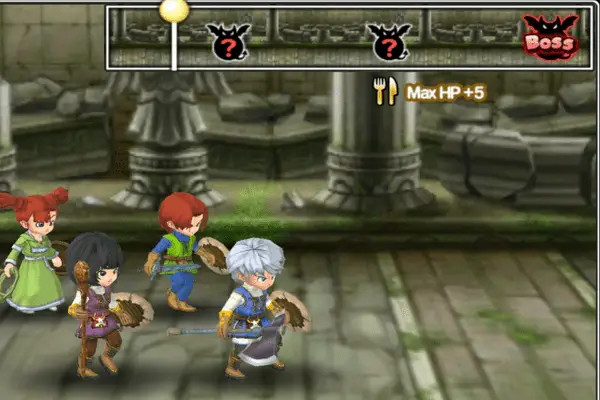
Exploration (In Mighty Straight Lines)
Like a traditional game in the series, you’re walking across vast plains, voyaging across the ocean and traversing dark dungeons. Each journey to a new town or location will pit your party against around three enemy encounters. The downside is that the game scrolls you along the path until combat. This gives you no option to explore the surrounding terrain. Turns in combat pass on their own, where each character and enemy performing a basic attack action. Additionally, each of your party members can cast skills. These are usable at any time during a turn, each operating on a cooldown.
With no mana, your strategy is to wait for each valuable skill to become active. At first I thought this would be overwhelmingly boring. If I’m being honest, it kind of is. But each time you use a skill on a character, that character’s other skills have their cooldowns reset by 25 percent. So essentially, you need to use the correct skill and make sure you’re not locking yourself out of a heal or something you’ll need in the next handful of seconds.
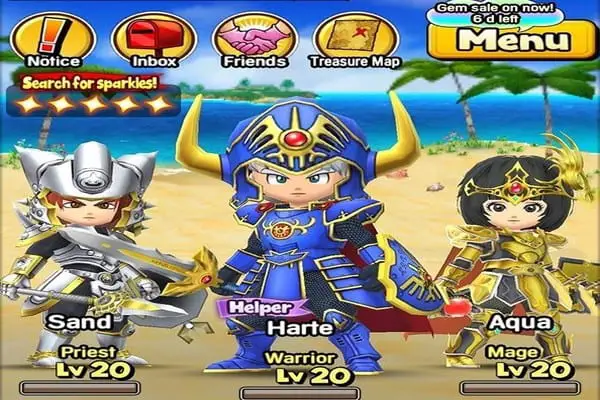
Simpler Combat than Even Mainline Games
Unfortunately, the strategy in each fight is to save your most damaging skills for the end. Each boss will often require you to kill them with a skillful finish (which means just what it sounds like—using a skill to finish him off). Doing so, as well as meeting other quest requirements for each dungeon, will reward you with essential upgrading items. So apart from buffing and healing, most of the time you’re using middling damaging skills early to quickly finish the fight while saving all your heaviest hitters for the end. This couples with an overkill mechanic where you get more exp for dealing damage beyond the enemy’s maximum HP. The timing is laughable; an enemy can be dead for three seconds and, as long as you pressed a skill within that window, your attack will still hit.
Buffs and heals are relatively strong in this game. Many allow you to quicken your action speed and cooldown speed while others act as debuffs, lowering opponent’s action speeds, attack or defense stats, and overall reducing their capabilities in a fight. Skills like buffs, heals and offensive moves are earned through in-game quests and dungeon quests. Others, and especially the strongest ones, are found in weapons. Again, these weapons are mostly found in the premium gambling systems. I found some good items myself, but these mechanics frustrated me. This caused me to limit my vocation selection to match with weapons I drew using the premium money the game gifts you upon account creation.
Fanservice at its Most Unashamed
Dragon Quest of the Stars stands above many other gacha titles in the market. Well-produced, the title falls within a beloved universe. But if you’re a fan expecting something like a new mainline game in the series, you might find yourself disappointed. Part of what makes Dragon Quest so well-liked is how it has consistently maintained a simple RPG experience that culls both longtime fans and newcomers to the genre. This mobile title, however, is perhaps too simple. Autoplay makes the turn-based combat feel too foreign, too removed from the game universe in which it’s operating. As a fan of turn-based RPG combat, I feel many fans of the series may find themselves equally disappointed.
Overall, Dragon Quest is a fantastic series, and this game does little to mar that reputation. Just don’t expect anything fantastic. If you’re a fan of the series, I recommend downloading it to see your favorite enemies and hear your favorite orchestral tracks. But as far as I’m concerned, I’d rather just replay Dragon Quest XI for the best modern Dragon Quest experience.
Hardcore?
Borderline, maybe
Dragon Quest of the Stars delivers a gacha game that is what it looks like and little more. It’s hard for a Dragon Quest game to NOT be hardcore, but it’s surely carried more by its name than the experience it offers.


